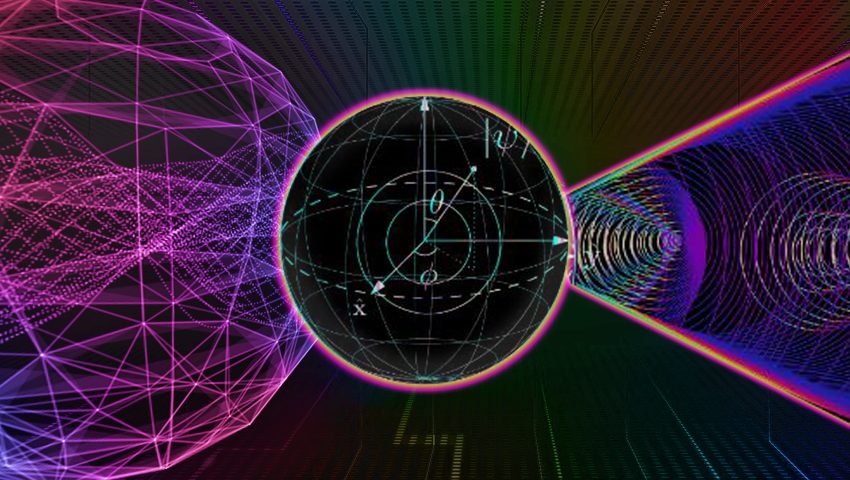
Step into the future: a 48-qubit programmable processor
Harvard, QuEra, MIT, and NIST/University of Maryland are ushering in a new era of quantum computing by running complex quantum algorithms on 48 error-correcting logical qubits.
The leading developer of quantum computers using neutral atoms, QuEra Computing, announced significant research progress and presented the results in the scientific journal Nature. In experiments conducted by Harvard University in close collaboration with QuEra Computing, MIT, and NIST/UMD, researchers successfully implemented large-scale algorithms on a quantum computer with 48 logical qubits and hundreds of interconnected logical operations. This significant breakthrough in quantum computing marked the beginning of the development of truly scalable and error-tolerant quantum computers capable of solving virtually intractable problems of a classical nature.
Error suppression is a key challenge for achieving efficient quantum computing, requiring the use of quantum error correction for processing at scale. However, the redundancy in the implementation of error-corrected "logical" qubits, where information is encoded through many physical qubits to ensure reliability, poses significant challenges for scientists and researchers in creating quantum computing at scale.
Previous demonstrations of error correction have shown one, two, or three logical qubits. This new work demonstrates quantum error correction in 48 logical qubits, improving computational stability and reliability while solving the error problem.
By leveraging logic-level control and using zoned architecture in programmable arrays of neutral atoms, the researchers combined high-fidelity two-qubit gates, random interconnection, and fully programmable single-qubit rotations and mid-chain readout. In running this logic processor with different types of encoding, they demonstrated the improvement of two-qubit logic gates by increasing the surface code distance, preparing color code qubits with lossless fidelity, fault-free generation of GHZ logic states and teleportation of interconnected entanglement, and operation of 40 color code qubits. Using 3D code blocks, they implemented computationally complex sampling circuits with 48 logical qubits connected to a hypercube connectivity with 228 logical two-qubit gates and 48 logical CCZ gates.
The researchers found that this logical encoding significantly improves algorithmic error-detection performance, outperforming the reliability of physical qubits in both the cross-entropy benchmark and quantum fast entanglement simulations. These results mark the beginning of the era of early error-corrected quantum computing and point the way to large-scale logic processors.
The achievement of fault-tolerant 48 logical qubits is an important milestone in the field of quantum computing. This breakthrough not only accelerates the adoption of practical quantum applications, but also opens up new possibilities for solving problems that were previously considered intractable using traditional computing methods. This is a game changer and significantly increases the commercial relevance of quantum computing. The researchers suggest that enterprises and businesses in various sectors should pay attention to this study as the race for quantum advantage has now gained significant momentum.
If subsequent experiments are as successful, we may soon have scalable, fault-tolerant quantum computing that could solve some of the world's most challenging problems.
The future of quantum technology is already here!
